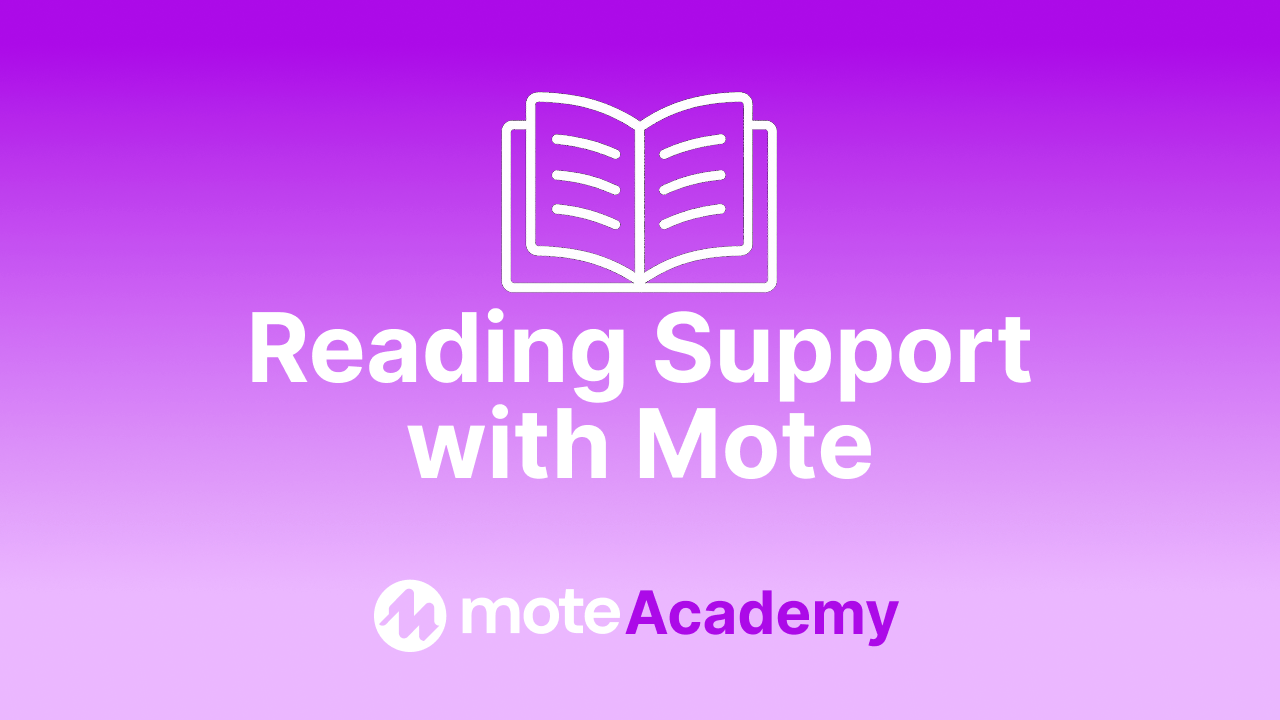Content
Read Aloud in the Classroom
Now that you have an understanding of how Read Aloud works, let’s explore how it helps students in your classroom.
Supporting All Learners
Read Aloud is a powerful tool that enhances comprehension for all students by:
- Modeling correct pronunciation, phrasing, and natural reading cadence.
- Providing auditory access to grade-level content, reducing barriers for students who benefit from listening rather than reading alone.
- Supporting fluency development by exposing students to natural pacing and prosody.
Aligned with MTSS Tier 1 and Universal Design for Learning (UDL) principles, Read Aloud offers multiple means of representation, giving every learner another way to access and understand text.
Supporting Students with Reading Challenges or Visual Impairments
For students with dyslexia, decoding difficulties, or visual impairments, Read Aloud:
- Delivers auditory access to text to improve comprehension and reduce fatigue.
- Meets accommodation requirements for IEPs and 504 plans.
- Helps maintain engagement with grade-level material while bypassing decoding barriers.
This aligns with MTSS Tier 2/3 interventions and ensures students receive equitable access to the curriculum.
Supporting Multilingual Learners
English Language Learners (ELLs) and multilingual students benefit from Read Aloud by:
- Hearing accurate pronunciation and intonation, which supports language acquisition.
- Building vocabulary through repeated auditory exposure to new words in context.
- Increasing reading confidence through modeled fluent reading.
This aligns with UDL and MTSS Tier 1 supports for language development, as outlined in the matrix.
Assessment Support
Read Aloud also plays an important role in testing and assessment contexts:
- Provides designated supports or accommodations during assessments for eligible students.
- Can be enabled for Google Forms to support comprehension during quizzes or formative assessments.
- Ensures compliance with state testing guidelines where text-to-speech accommodations are allowed.
Click here to learn more about how to set this up.
